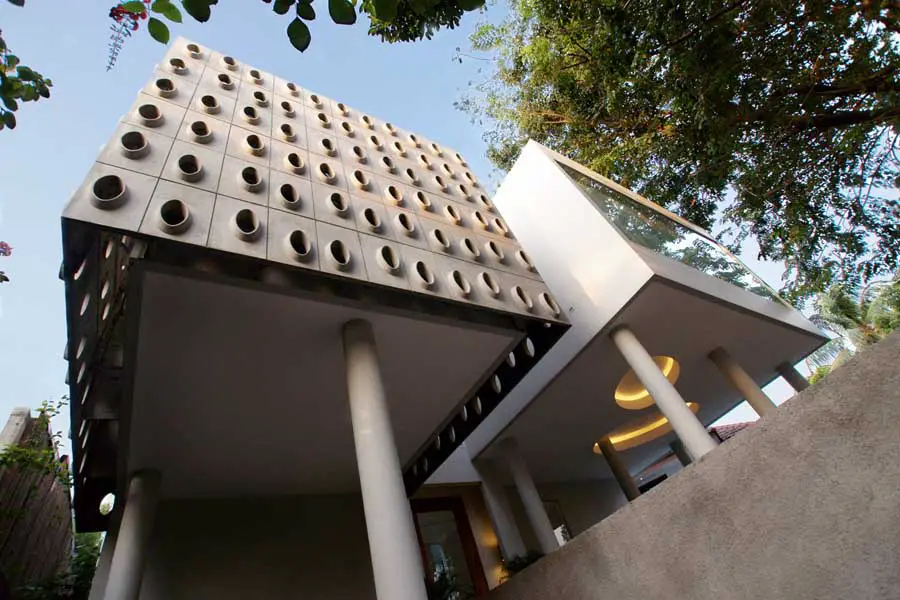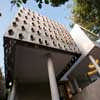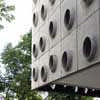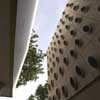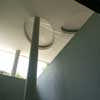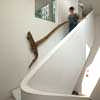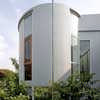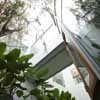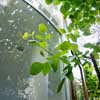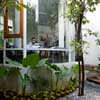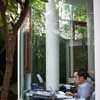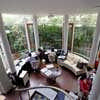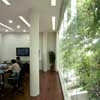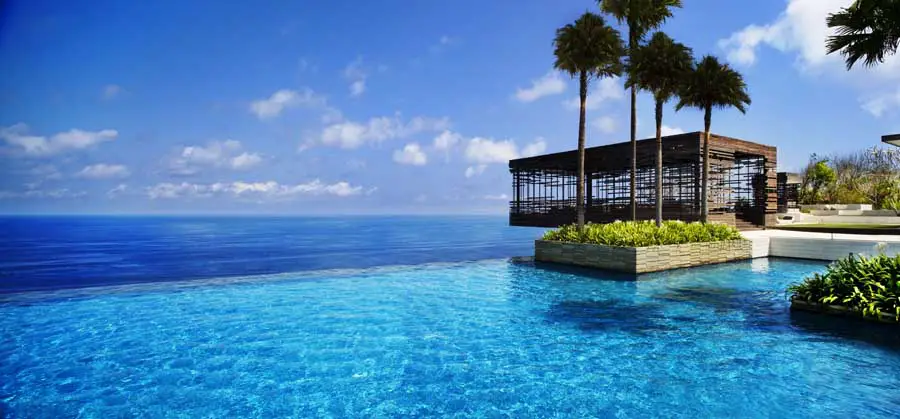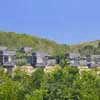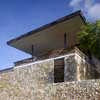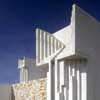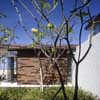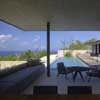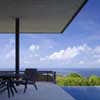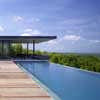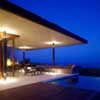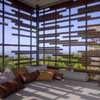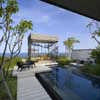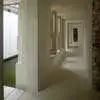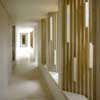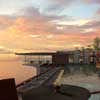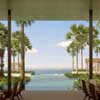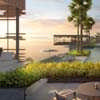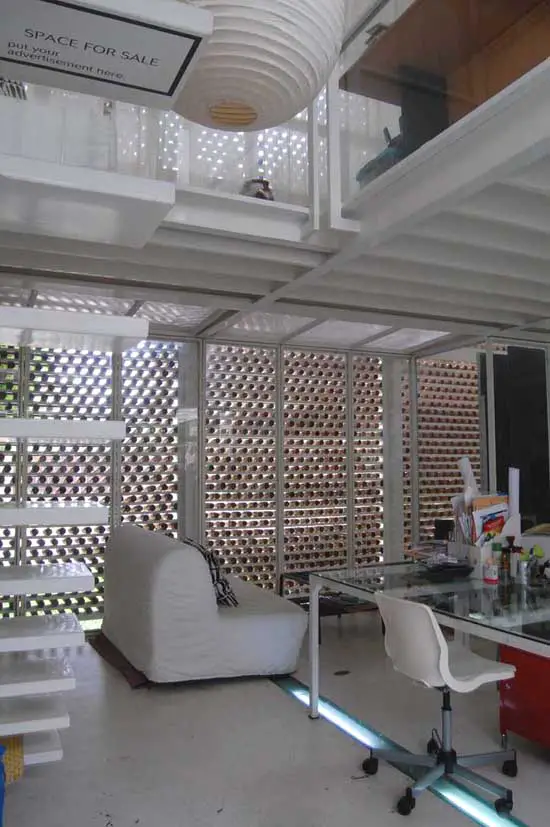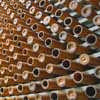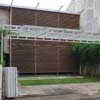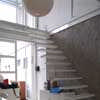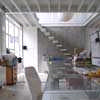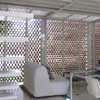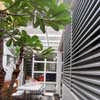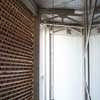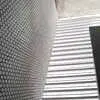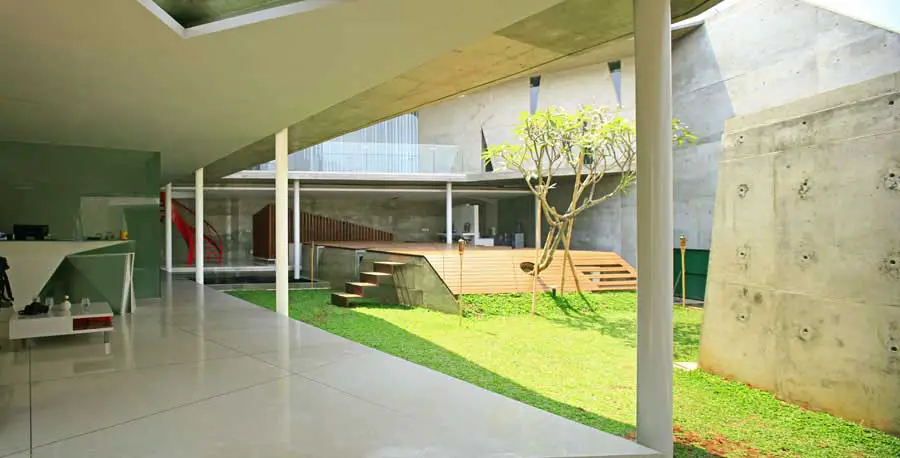
Design: Budi Pradono Architects
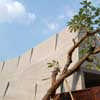
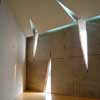
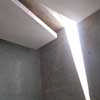
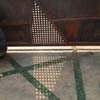
photo : FX bambang SN
World Architecture Festival Awards 2008 - Office Category Finalist
Rumah Kindah Office at Lenteng Agung
Our client asked to design an office for his aircraft component distribution business in Jakarta. The building will function as the storage building. Therefore, a strong structure for the storage area will be needed as the most important part of the design.
In this project, folding method is applied to gain new form of architecture. Exploration process begins with multifold of papers. The results are specific form of folding, similar to what is known in Japan as origami.
Besides resulting a new specific shape, it also gives freedom from existing functional program that was described in the earlier brief. This approach not only establishes a new relationship between wall-floor and ceiling-roof, but it also provides opportunity to use contemporary spatial composition.Destroying the traditional office space concept.
The envelope of the building then was turned to shreds. Those torn-off pieces will allow the ray of light breaks into the interior space during daylight and during nighttime allow lights from inside of the building breaks to the exterior space; making the building more attractive.
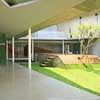
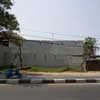
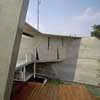
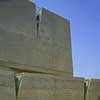
photographs : Sjahrial Iqbal
The positioning of functional programs, through diagramming results several alternatives of three-dimensional spatial organization.
Those programs were organized as stacks and an inner courtyard was created. Making the orientation to the internal space. In the middle of the open space, a meeting room was created with half of the form covered with wooden deck. This is to create it's function as an open space and at the same time it can be used as an informal gathering area.
Reinforce concrete is used for the main material. Such material is selected as a symbol of sturdiness of the office. In order to represent a thin-flat piece paper-like shape, the volume of the concrete block is reduced in such away that they become flat, thin but strong concrete plates. (Budi Pradono)
Budi Pradono Architects is a research based Architecture Firm that has been obtaining several international awards for its innovative works. The Works are covering hospitality project (Spa, Hotel, Private Villa, and Restaurant), educational projects, and housing projects. BPA initiated the concept of GLOCAL - Global Local in performing design and material exploration.
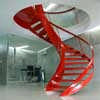
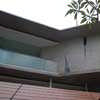
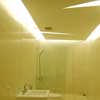
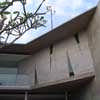
photo : FX bambang SN
In this project, folding method is applied to gain new form of architecture. Exploration process begins with multifold of papers. The results are specific form of folding, similar to what is known in Japan as origami.
Besides resulting a new specific shape, it also gives freedom from existing functional program that was described in the earlier brief. This approach not only establishes a new relationship between wall-floor and ceiling-roof, but it also provides opportunity to use contemporary spatial composition.Destroying the traditional office space concept.
The envelope of the building then was turned to shreds. Those torn-off pieces will allow the ray of light breaks into the interior space during daylight and during nighttime allow lights from inside of the building breaks to the exterior space; making the building more attractive.




photographs : Sjahrial Iqbal
The positioning of functional programs, through diagramming results several alternatives of three-dimensional spatial organization.
Those programs were organized as stacks and an inner courtyard was created. Making the orientation to the internal space. In the middle of the open space, a meeting room was created with half of the form covered with wooden deck. This is to create it's function as an open space and at the same time it can be used as an informal gathering area.
Reinforce concrete is used for the main material. Such material is selected as a symbol of sturdiness of the office. In order to represent a thin-flat piece paper-like shape, the volume of the concrete block is reduced in such away that they become flat, thin but strong concrete plates. (Budi Pradono)
Budi Pradono Architects is a research based Architecture Firm that has been obtaining several international awards for its innovative works. The Works are covering hospitality project (Spa, Hotel, Private Villa, and Restaurant), educational projects, and housing projects. BPA initiated the concept of GLOCAL - Global Local in performing design and material exploration.




photo : FX bambang SN
Rumah Kindah Office at Lenteng Agung Jakarta - Building Information
Project Title : Rumah Kindah
Client : Roni Aidil
Location : Lenteng Agung, South Jakarta, Indonesia
Design Phase : Apr 2007 - Jun 2007
Construction Phase : Aug 2007 - Jun 2008
Architect : Budi Pradono Architects
Project Architect in Chief : Budi Pradono
Architect Assistants : Yuli Sri Hartanto, Rizki Maulid Supratman, Vebriyani Valentina, Githa Hartako Ong
Model Maker : Daryanto, IGP Agus Sanjaya Sukarma
Project Support Assistants : IGP Agus Sanjaya, ITB
Amanda Nazar, UNSW
Nikita Notowidigdo, Sydney University
Yegar Adi Shakti ,UGM
Maria Olivia Souhuwat, UBL
Saefudin Mas'ut, BPA
Film Animation : Bagus Setiawan
Structural Engineer : Suhartoyo, PT. Toyo Cahya Konstruksi
Project Manager : Wahid Udin, PT. Denkonplus
M&E Consultant Engineer : Adi Sudjana, Adi & associates
Landscape designer : Heri Syaefudin, gön ku
Contractor : Suhartono & Team
Furniture Manufacture : Handoko , PT. Sendico Utama
Interior Designer : Budi Pradono
Interior Designer Support Assistants : Amanda Nazar, Nikita Notowidigdo
Photographer : FX. Bambang SN.
Land Area : 492 m²
Building coverage : 221 m²
Built area : 439 m²
Total building area : 610 m²
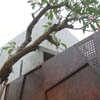
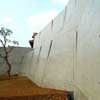
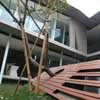
photo : FX bambang SN
Rumah Kindah Office Lenteng Agung images / information from Budi Pradono Architects
Courtesy : e-architect.co.uk ::::
Client : Roni Aidil
Location : Lenteng Agung, South Jakarta, Indonesia
Design Phase : Apr 2007 - Jun 2007
Construction Phase : Aug 2007 - Jun 2008
Architect : Budi Pradono Architects
Project Architect in Chief : Budi Pradono
Architect Assistants : Yuli Sri Hartanto, Rizki Maulid Supratman, Vebriyani Valentina, Githa Hartako Ong
Model Maker : Daryanto, IGP Agus Sanjaya Sukarma
Project Support Assistants : IGP Agus Sanjaya, ITB
Amanda Nazar, UNSW
Nikita Notowidigdo, Sydney University
Yegar Adi Shakti ,UGM
Maria Olivia Souhuwat, UBL
Saefudin Mas'ut, BPA
Film Animation : Bagus Setiawan
Structural Engineer : Suhartoyo, PT. Toyo Cahya Konstruksi
Project Manager : Wahid Udin, PT. Denkonplus
M&E Consultant Engineer : Adi Sudjana, Adi & associates
Landscape designer : Heri Syaefudin, gön ku
Contractor : Suhartono & Team
Furniture Manufacture : Handoko , PT. Sendico Utama
Interior Designer : Budi Pradono
Interior Designer Support Assistants : Amanda Nazar, Nikita Notowidigdo
Photographer : FX. Bambang SN.
Land Area : 492 m²
Building coverage : 221 m²
Built area : 439 m²
Total building area : 610 m²



photo : FX bambang SN
Rumah Kindah Office Lenteng Agung images / information from Budi Pradono Architects
Courtesy : e-architect.co.uk ::::







